Employees are helping companies stay focused on purpose - Felicia Blow
It’s time to review the most significant industry developments as the year 2022 draws to a close. Adgully is reviewing the year 2022 for the M&E, advertising, digital, marketing, PR and communications, along with leading names in the industry as part of our annual Rewind series.
Recapping the year 2022, Felicia Blow, Chair, National Public Relations Society of America, speaks about the current state of the PR industry in America, learnings from PRCAI and PRSA, expectations from PR professionals today, and more.
Global trends in PR & communications
In America, the trends are more towards social engagement. Digital communications have just completely changed the landscape. Another trend I see is that communicators are more focused on directly going for their target audiences, rather than relying on certain platforms to get messages out. There’s a greater awareness of one particular stakeholder group in that context – its employees. Employees are helping brands, companies and organisations be better and do better, and respond to consumer demand. I will explain it with an example. So, what I’m seeing and hearing is that if employees find their companies are moving in a direction they shouldn’t, they’re voicing against it and the CEOs are listening to their voices as well. Because employees are a microcosm of the community, they represent the values of the customers in many respects.
So Patagonia, which is an international brand, Ben & Jerry’s, another organisation, their employees have a strong voice. In terms of trends, there is this reliance on and recognition of this new landscape around social media, digital media, and the importance of targeting audiences more rather than relying solely on Media and Publicity. There is greater interest and emphasis on purpose, the brand promise of companies and leveraging employees.
Employees are helping companies stay focused on purpose. The COVID-19 has had an impact on communications, at least in America. The critical importance of strategic communications and the workforce is truly a demand for talent. If employers want to continue doing great business, they have to have talented employees who are strategic, and they don’t want to lose their employees. Plus they are listening to them. So yes, employees are helping their companies move their brands forward.
Learnings from the global exchanges and associations like PRCAI and PRSA
The number one thing is that we are more alike than we are different. We have the same issues – the workforce, talent development, the shrinking of the planet in terms of issues that happen around the globe impacting us locally. The importance of what we do being fully recognised, growth in the profession, the need for standards as they relate to a code of ethics, or professional standards that can be earned through programs. It has just been eye opening. Then there’s one other area that I am so delighted to learn and talk about – student engagement. I was able to visit two academic institutions and then meet with faculty from other institutions from across India and the students are stellar, talented. They have a lot of questions that are very similar to those that their US counterparts are asking about – how do I navigate these waters around ethics when I have to earn.
In terms of differences, I think the difference is in the size, scale and scope of PRSA, compared to PRCAI.
Current challenges for the PR industry and professionals
There is a huge challenge of misinformation and disinformation, and how we, as an industry, collectively need to address that. As an industry, we have suffered a bit of a black eye or a negative perception over the years, where you have heard the phrases ‘spin doctor’ and ‘hack’, so sometimes we have to turn situations by not being as transparent or forthright. Therefore, that reputation has got to be improved. COVID taught us that customers and stakeholders don’t want to be sold, they want to be engaged with solutions and they want to feel that those engagements are telling them the truth. That’s where we become the truth tellers, which is why myths and disinformation are still challenging.
Best global practices for Indian PR and communications professionals
We all need to understand that we have professional standards that we need to help each other to be better. We are all operating at a high degree of professionalism and ethical standards. Pay-to-play is a big deal in other countries. In America, pay-to-play is essentially this – I want a great story and a major media outlet gives you some cash to play. And that is something we see in markets outside of the US. But we don’t see that in the US markets. It’s a violation of the code and if it is found out, your brand will suffer greatly because we want our messages to stand on their own merit.
In addition, that’s a form of dishonesty and disinformation. The message would not have been resonant if you had not paid for it today. If the message is a critically important topic, it will be uncovered.
The future of PR professionals
We are going to continue to grow, thrive and be the go-to entities for CEOs for businesses; aspirationally, PR practitioners are going to be global leaders of companies. Why? Because our professionals have the experiences and knowledge and understanding of the stakeholders and communications, both oral and in writing, which makes us a perfect fit to lead organisations, not just serve as the CCO or the voice to this, but the CEO.
Among the things of critical importance is that we have to continue doing is writing. Being an effective writer is the number one thing one should imbibe. If you don’t have that, you can’t be successful in this profession. That’s what we have to keep drilling into our young people’s heads. How do you become a great writer? You write and write and write some more, you don’t give up! I got my PhD in 2021 and I thought I was a great writer before I got my PhD. That process is about conciseness of message, being clear, unambiguous, and very succinct. It’s critically important to be a great writer, and also skilled in oral communication. Including factors like empathy, understanding where our stakeholders are, what our constituencies are dealing with, and then providing solutions in the way of a communications strategy – that is very important.
PR industry over the years
When we first started three decades ago, PR was more around tactics, getting out a news release, hosting a press conference, doing events, tactics. Now, we have seen an evolution, where we are aligning around purpose. The purpose of being and the value proposition to our stakeholders – that is a shift. It requires us to be strategists, big thinkers, and do the homework and the research. It takes a different type of professional. The other thing I would say is the PR profession has matured. And the professionals are much more rigorous in their work.



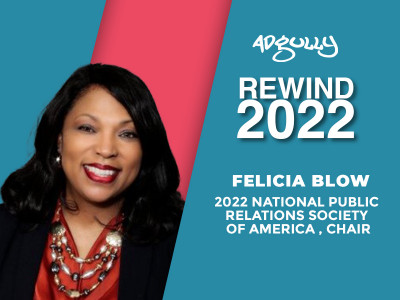
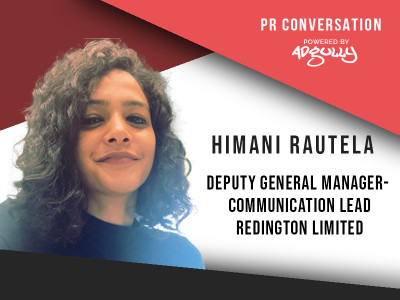
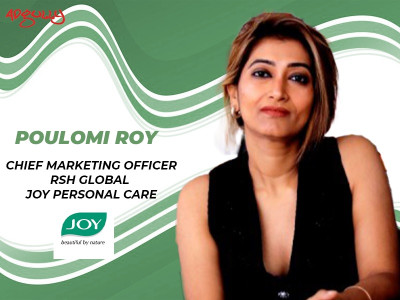




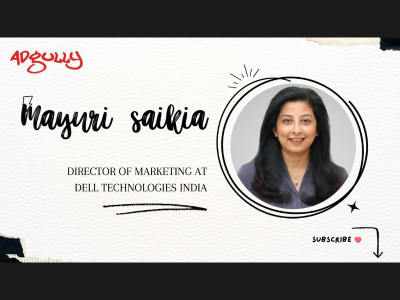
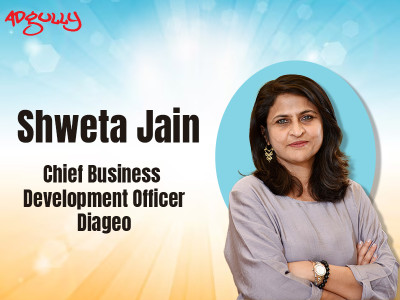
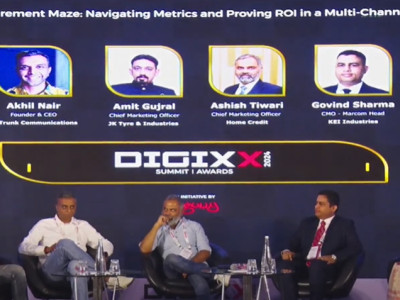

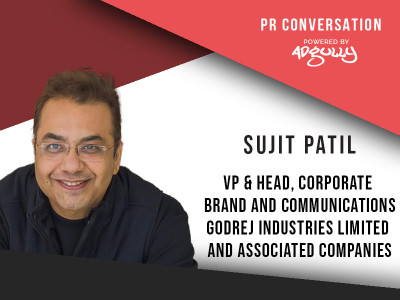



Share
Facebook
YouTube
Tweet
Twitter
LinkedIn